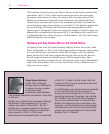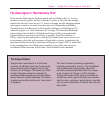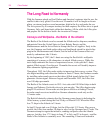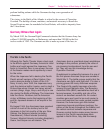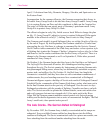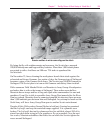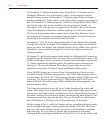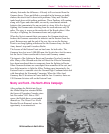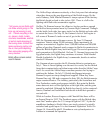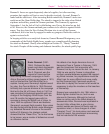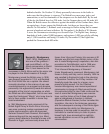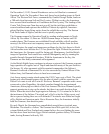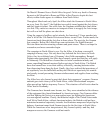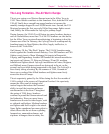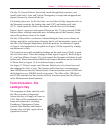
142
Close Combat
The Afrika Korps advances cautiously at first, but press their advantage
when they discover the poor disposition of the British troops. By the
end of January, Field Marshal Rommel’s troops capture all the territory
the British fought so hard to take in late 1941. There is a lull in the
fighting while both sides accumulate supplies.
On May 26, Rommel renews his offensive; he does not have enough
fuel but has been promised more by German High Command. Through-
out the battle, both sides lose many tanks, but the British are better able
to sustain the losses. On May 28, the German’s lack of fuel begins to
tell
some of Rommel’s tanks run out of gas in the desert.
Still, the Germans meet with more success. By June 21, Rommel
recaptures Tobruk, taking 30,000 prisoners. More importantly, he
captures a mountain of supplies
over 3,000,000 rations and 500,000
gallons of gasoline. Rommel sends a request to Berlin for permission to
chase the British Eighth Army back into Egypt. He receives permission
and a promotion to Field Marshal. On June 23, German forces cross the
Egyptian border; the Eighth Army continues to retreat. Field Marshal
Harold Auchinleck, the Eighth Army’s commander, decides to make a
stand at El Alamein.
The German advance reaches the El Alamein defensive perimeter on
July 1. There is fierce fighting over the next few weeks, but the British
focus their counterattacks on Italian troops rather than the Afrika Corps
itself. As a result the Afrika Korps consumes precious fuel trying to
reinforce the Italians. On July 21, British intelligence intercepts
Rommel’s reports on troop strength and supplies. When they learn
Rommel has only 100 tanks compared to their 300, the British mount a
major counteroffensive. The infantry, particularly the Australians and
New Zealanders, make good progress initially. But again the British
armor does not arrive at the right place at the right time, and the gains
cannot be exploited. Although the British lose heavily in the counterof-
fensive, Rommel and Auchinleck both decide to hold their ground to
rest and refit.
While in London, Roosevelt agrees with Churchill that there will be
no Second Front in 1942. The President agrees with the British
they
must find “another place for U.S. troops to fight in 1942.” A plan for
amphibious landings in North Africa, previously rejected, is quickly
reworked and agreed upon. It is also renamed
Operation Torch. On
August 14, General Dwight D. Eisenhower sets up headquarters in
London to command the operation.
“I tell you no one on God’s earth
can follow what’s going on. The
boys are just weaving in and
out… There’s everything in the
air
tracers, shells, bullets,
ricochets, incendiaries, and bits
of red-hot metal whanging off
the burning tanks. Some of the
tanks are blowing right up into
the air, their petrol exploding,
their ammunition popping off in
every direction.”
British officer on tank combat
near El Alamein



